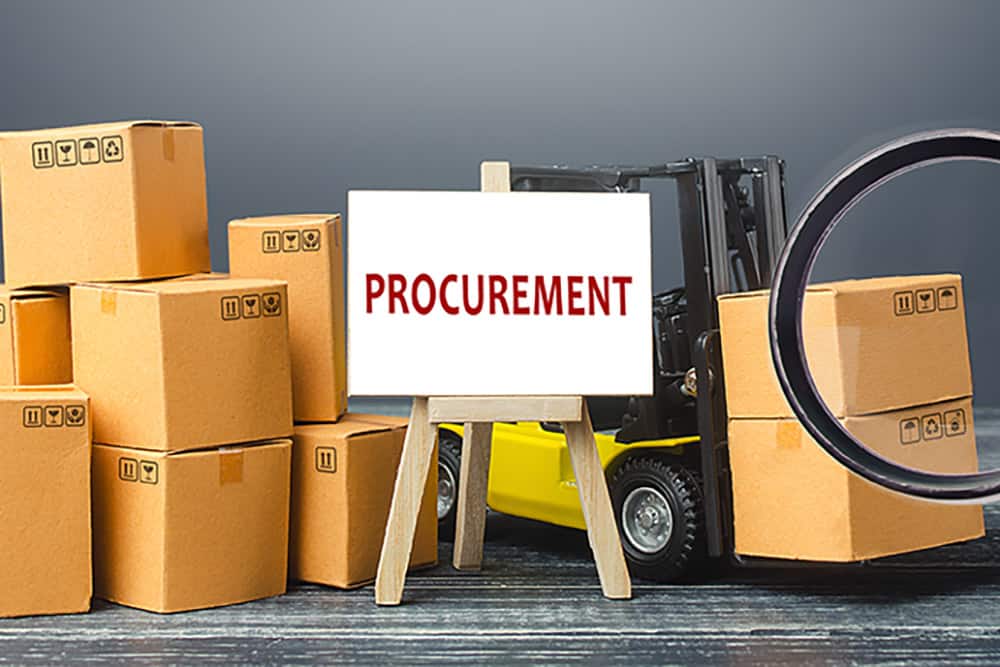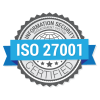In the wrong hands, procurement can be a static system that simply serves to facilitate the obtaining of resources. Undergoing procurement transformation is the key to bolstering your savings. Savings gained with new contacts, relationships, and value.
Every serious operator recognizes the value of procurement transformation. From the biggest businesses to banks all across the world, the results simply cannot be denied.
Exactly what is procurement transformation though? How does it take shape for your procurement staff? Perhaps even more importantly, how do digital transformation and digital procurement fit into all this?
Read on to understand more about how all of these things, and more, can be the key to unlocking new value in your business.
The basics: what is procurement transformation?
The function of procurement is fairly simple. It is the job of obtaining goods, resources, or services. It’s fair to say that isn’t the whole story, but it is a rough outline.
For some companies, even such a rough outline can be the reality of their procurement operations. Perhaps the business you work for also similarly utilizes procurement.
In reality, though, there is a lot more to procurement. The making of contacts, the building of relationships, the maximizing of value in every transaction.
All of these things fall under the umbrella of ‘strategy’. Strategy is exactly what a procurement transformation seeks to implement. It attempts to divine the route forward to better value. Gaining you more savings, and a generally more efficient line between suppliers and your business.
This can take a long time to bloom, potentially up to five years. Even with that amount of time to spare, it doesn’t necessarily guarantee results. It is simply the methodology around which results can most likely be generated.
What if there was a more optimal, efficient approach to transformation strategy?
Introducing digital transformation
The concept of digital transformation in procurement could be likened to digitization.
For years now, we have been blessed with newfound technological capabilities. Businesses in every industry imaginable have been turning to the power of software, ai, and more.
Even despite that, there’s always more progress to make. There’s even an argument to be made that the business world still hasn’t managed to catch up with just how valuable digital transformation can be.
Think of the way that procurement transformation can overshadow a bog-standard procurement operation. In the same way, so can digital transformation overshadow procurement transformation.
The analysis for both cost-utility and cost-benefit can be overwhelming in the analog form. Digital transformation seeks to move procurement to the world of the electronic. A space that is far more suited to complex information.
Forging a system of digital procurement
It’s all good and well saturating these concepts with business buzz words, but what’s more important? It’s the question of exactly how this transformation will take shape.
What do digital procurement and transformation look like? How is it best put into practice, and what are the tangible results that it will have?
We are going to explore a few of the ways that a digital procurement transformation strategy will benefit you. The best place to start is with one of the most valuable assets: spend analytics.
Saving time and money with spend analytics
As previously mentioned, cost-benefit and cost-utility have long been fundamental components of procurement. What exactly are spend analytics, and how do they factor in?
Spend analytics take advantage of all of the raw data. Every contract that is made, every deal that is struck. Analytics take all of that information and combine it to create a base of knowledge.
It’s essentially a framework, alternatively known as a knowledge model that makes all of the assorted information and spend analysis more understandable.
That created framework is invaluable. It offers an avenue through which to pursue procurement transformation strategies. The variety of options opened up from this can offer potentially enormous cost reduction, savings and optimization.
Identifying leaks and drains
Amidst an ocean of money flowing through the business to potential suppliers, it can be difficult to spot where the extra leaks are. This is often one of the first areas of focus for a transformation strategy.
It’s also where digitization and spend analytics shine the strongest. The transparency of the data makes it far easier to immediately identify where the holes are.
As opposed to some transformation strategies, this is something that can be implemented right away. The savings on some contract costs could venture into double-digit percentages.
It almost sounds too good to be true, but it’s just a reflection of modern advancements. Advancements that outdated transformation and planning simply do not take advantage of.
Projecting costs and cash flow
Every expense no matter how great has an impact on cash flow. All those leaks, all those missed opportunities or inaccurate contracts. It can all stem and choke the flow of cash.
It’s another sphere where you can lean heavily on the spend analytics again. The added accuracy that analytics offers will boost communication abilities. Not only that but also the spending available.
Perhaps even more important with regards to the costs and cash flow, you’ll be afforded a certain level of consistency.
You’ll have knowledge of where all the most dangerous contract value leaks are. Which contracts are most beneficial. The addition of all that stability will offer an unprecedented level of cohesion and consistency.
Implementing new systems today
All of this demonstrates something, and not only just the answer to the question “What is procurement transformation?”
It demonstrates how potentially game-changing procurement can be. Not to mention how much of an important role digital transformation is having. It’s not something that is out of reach, either.
Start digging into your spending costs and potential savings today. It’s never too late to transform your procurement into the digital age.
If you wish to begin courting the world of digital procurement, you should look no further. Look at some of the offerings available from thinking machine systems.


